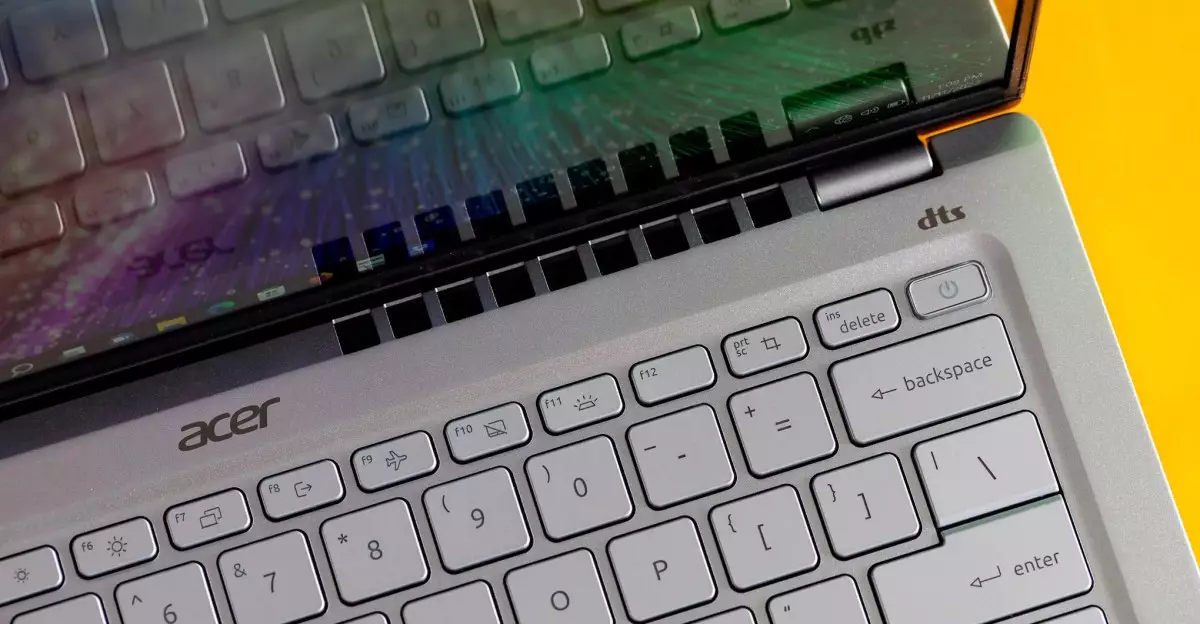In the ever-evolving landscape of consumer electronics, one significant factor is maintaining market equilibrium: pricing. Recent statements from Acer’s CEO, Jason Chen, indicate that consumers in the United States may soon experience a price hike of approximately 10% on laptops due to impending tariffs on imports from China. This concern extends beyond Acer, as there is speculation that rival companies might exploit this situation to further push prices upward, leading to a potential wave of price gouging in the industry.
The context for these imminent price adjustments stems from the 10 percent tariff imposed by the U.S. government on goods imported from China. Chen’s remarks highlight a critical junction for laptop manufacturers, who now have to reevaluate their pricing strategies in light of additional costs incurred. Historically, major tech corporations have largely refrained from publicly addressing how they would adapt to Trump-era tariffs; however, Acer’s proactive stance signals a possible shift in how companies will approach pricing amid these changing economic conditions.
A notable point raised by Chen is the distinction between laptop and desktop pricing. He asserts that Acer had previously relocated its desktop manufacturing out of China in response to earlier tariffs, thus insulating those products from the recent tariff impacts. This opens the floor for discussions on whether similar moves might be applicable to laptop manufacturing in the near future. While logistics suggest that most laptop assembly still occurs in China, notable US firms such as Apple and HP continue to rely heavily on Chinese contracts for production.
Such an overwhelming reliance on Chinese manufacturing not only complicates responses to tariffs but also introduces vulnerabilities within the supply chain. Any disruptions—whether due to tariffs, political environments, or natural disasters—can have drastic effects on inventory and availability, ultimately leading to elevated consumer prices.
The potential for price gouging is particularly concerning, as industry experts speculate that certain companies might seize the opportunity presented by tariffs to raise prices beyond the necessary adjustments. Chen’s insights suggest that, while a uniform increase of 10% may be the norm, there exists a genuine risk that some companies may leverage these tariffs as a pretext for additional increases, further burdening consumers already grappling with inflation.
Contacting various manufacturers for insight into their pricing strategies has yielded mixed responses. Some have not yet committed to adjusting prices in response to tariffs, while others acknowledge a possibility of impacted pricing for their products, revealing a general industry apprehension.
As the laptop market braces itself for the repercussions of recent tariffs, consumers could find themselves navigating an environment of rising prices and potential supply shortages. Acer’s foresight serves as a warning signal, not just for the brand, but for the entire tech industry. How manufacturers respond—whether rationally or opportunistically—will play a significant role in shaping market dynamics. Without adequate checks and balances, consumers may soon face a reality where buying a laptop comes with an unplanned premium, illustrating a broader economic conversation about transparency and fairness in pricing strategies.

